
Best in class website planning
and content creation tool
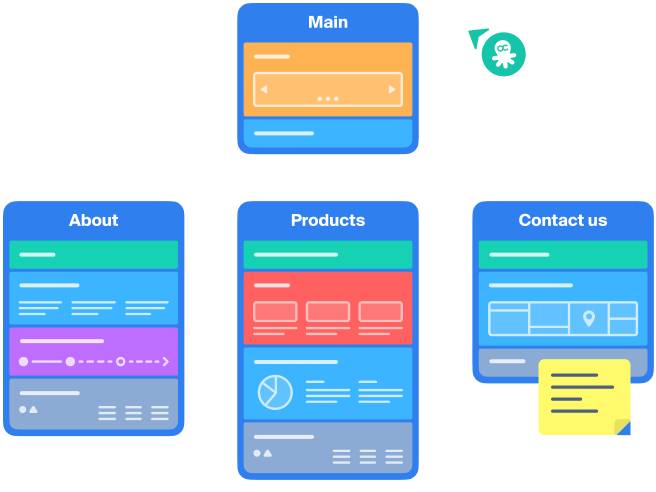

Explore website architecture conveniently
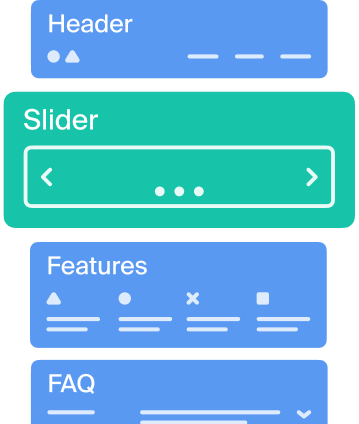


Plan website content - individually or with your team

Launch a simple website with clear navigation.
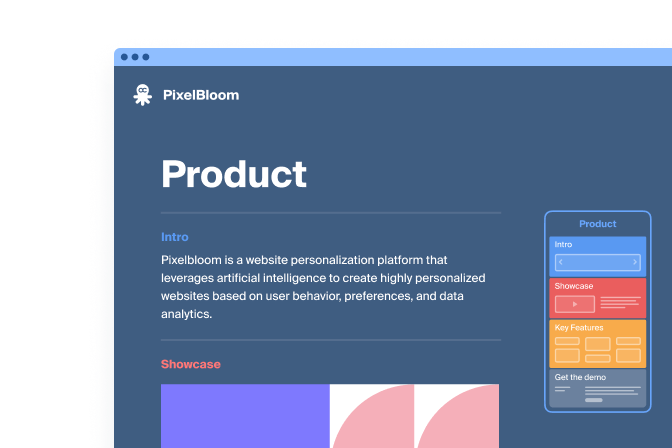

Export to various file formats or popular services.

Create estimates

Upload designs

Sync Figma

AI assistant

Analyze SEO

Wireframes













Plan on creating a website, but don't know where to start? We've got you covered - this is a step by step guide on creating a plan.

Planning content not only saves time in the project, but also helps to rank higher in search results.
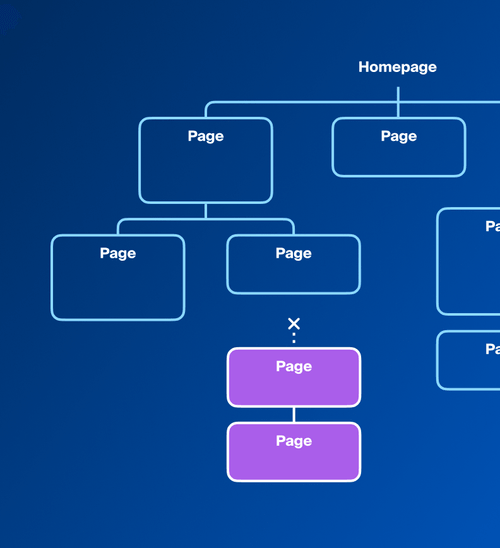
We've all been there - lost in a labyrinth, clicking through a website, unable to find what we're looking for. That’s the result of poor structure.
For everyone involved in web or
application development.